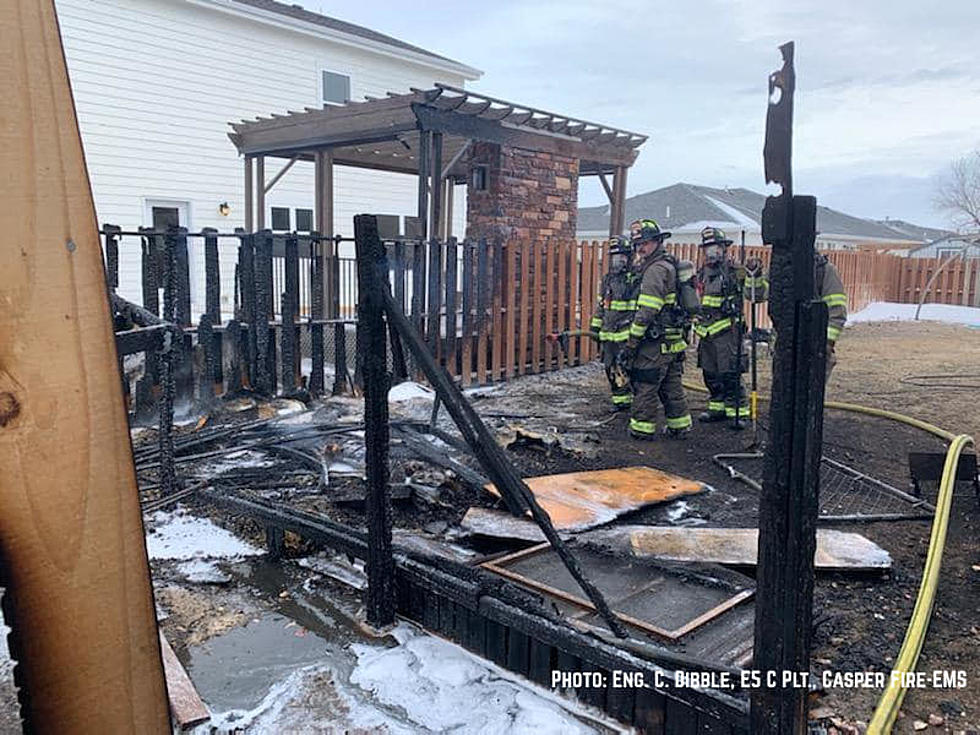
HIV Rates Among People Over 55 Sees Increase in Wyoming and US
According to a study by HelpAdvisor, rates of HIV among people 55 years and older have increased the most in Wyoming from 2010 to 2019 by 199.6%, or from 24.2 per 100,000 to 72.5 per 100,000.

Over that same period, states like the Dakotas and Montana also saw increases of over 180%, and in the country as a whole, rates of HIV went from 208.9 per 100,000 to 402.4 per 100,000.
Christian Worstell, the author of the study, said that the reason behind the increase could be due to a variety of factors.
"Divorce rates among seniors are on the rise, so there's more opportunities for seniors to engage with different new and active partners, pregnancy is not a concern for people of that age demographic, so condom usage might suffer as result," Worstell said. "Medication has allowed for both men and women to remain more sexually active later in life. When women go through menopause, there's changes to the body that can actually lower their protection against certain STDs. So there's a handful of reasons that you could possibly point to, in addition to simply better and more testing."
In terms of raw numbers, cases of HIV among those 55 and older in Wyoming have increased from 35 in 2010 to 129 in 2019, when the most recent data is available, while in the U.S. as a whole, that number has gone from 161,404 in 2010 to 388,322 in 2019.
For the wider population, rates of new cases of HIV have decreased by 8% since 2015
Worstell said he doesn't know why Wyoming would be the highest when it comes to increases in HIV rates.
"I racked my brain in preparation for this trying to nail something down," Worstell said. "I really don't know. It's probably not the state you would suspect. Lower population, lower density population, I don't know. I really don't have a good answer for that."
While the death rate for HIV has decreased over time in part due to the increase in the quality of drugs, Worstell said the cost of the medication has impacted older Americans.
"I know a lot of HIV/AIDS drugs are specialty drugs. They're rare, they're name brand, they're expensive, a lot of them are possibly not covered by a lot of insurance plans or if they are, they're very expensive," Worstell said. "I imagine if you're someone living with HIV/AIDS, the number of medications you have to take every day, and what that could do to your finances, I imagine is pretty significant."
The study also looked at rates of chlamydia and gonorrhea across the country during that same period and age group and found that Rhode Island had the biggest increase of the former at 525.3% and Minnesota had the biggest of the latter at 1,794.8%.
Several states, like Wyoming, North Dakota, Montana, and Vermont didn't have any data listed for those two STDs, as Worstell said the Centers for Disease Control didn't include data on those diseases from those states.
10 Reasons Why You're Lucky to Be Living in Wyoming
More From K2 Radio









